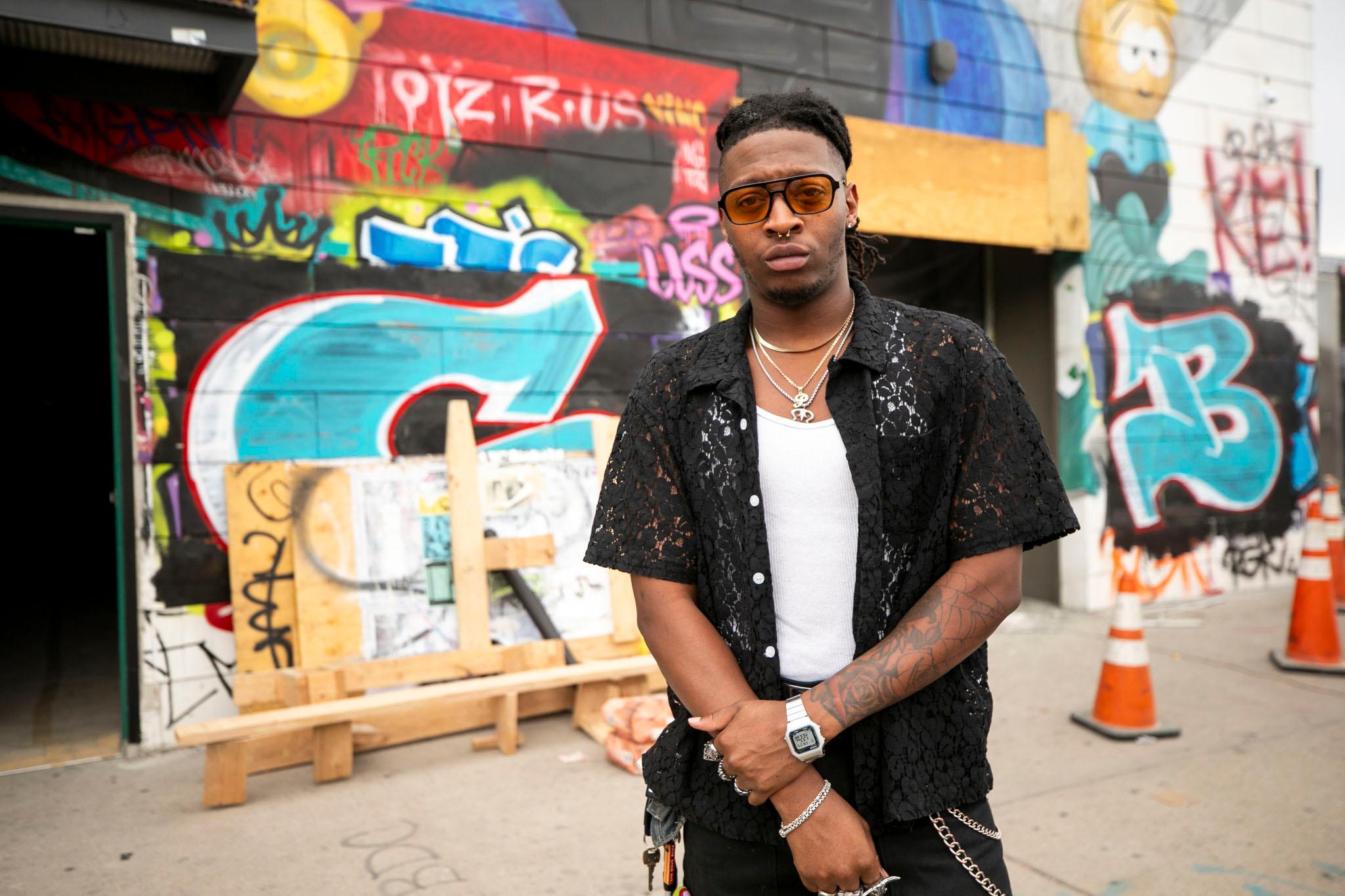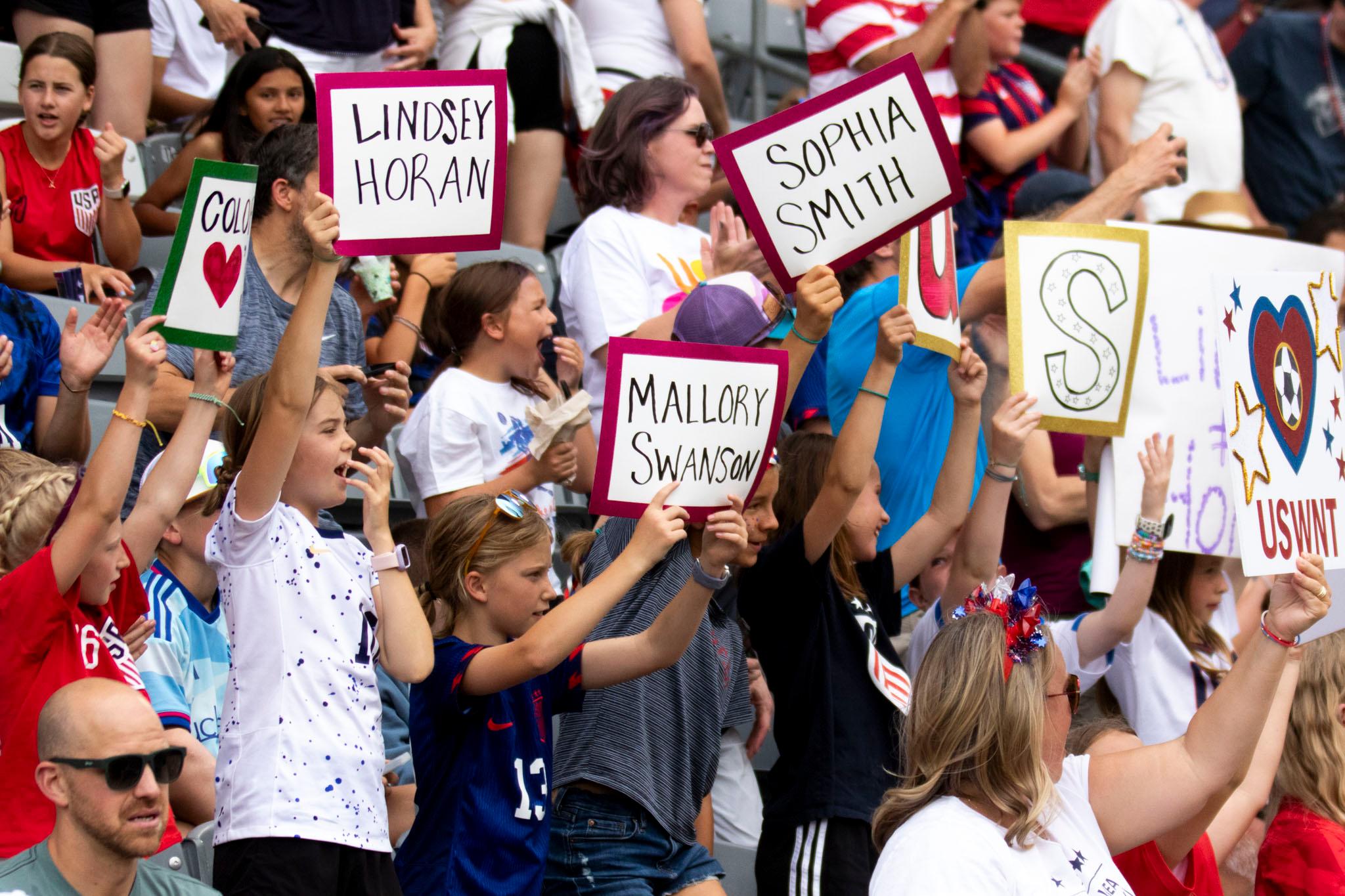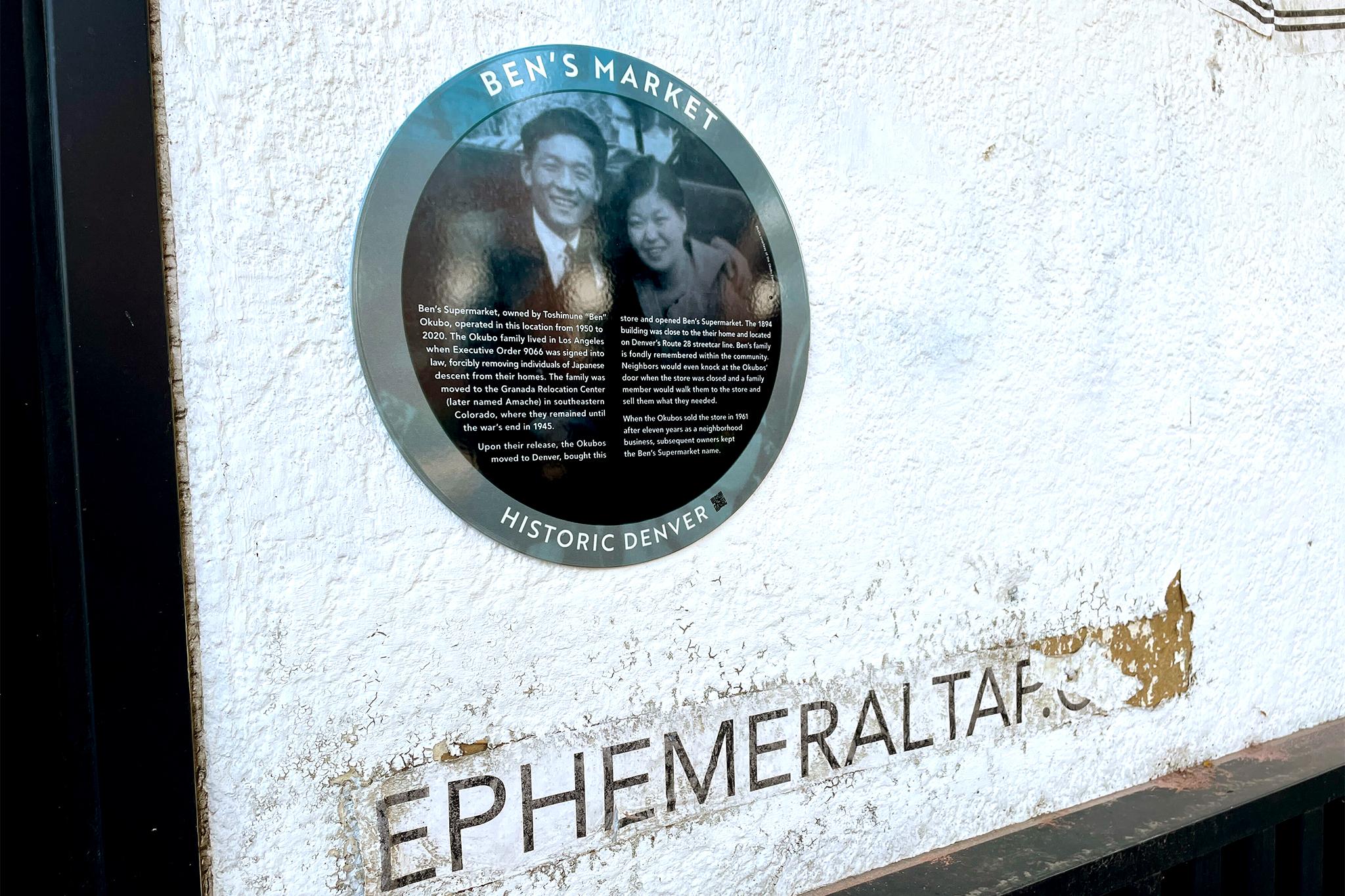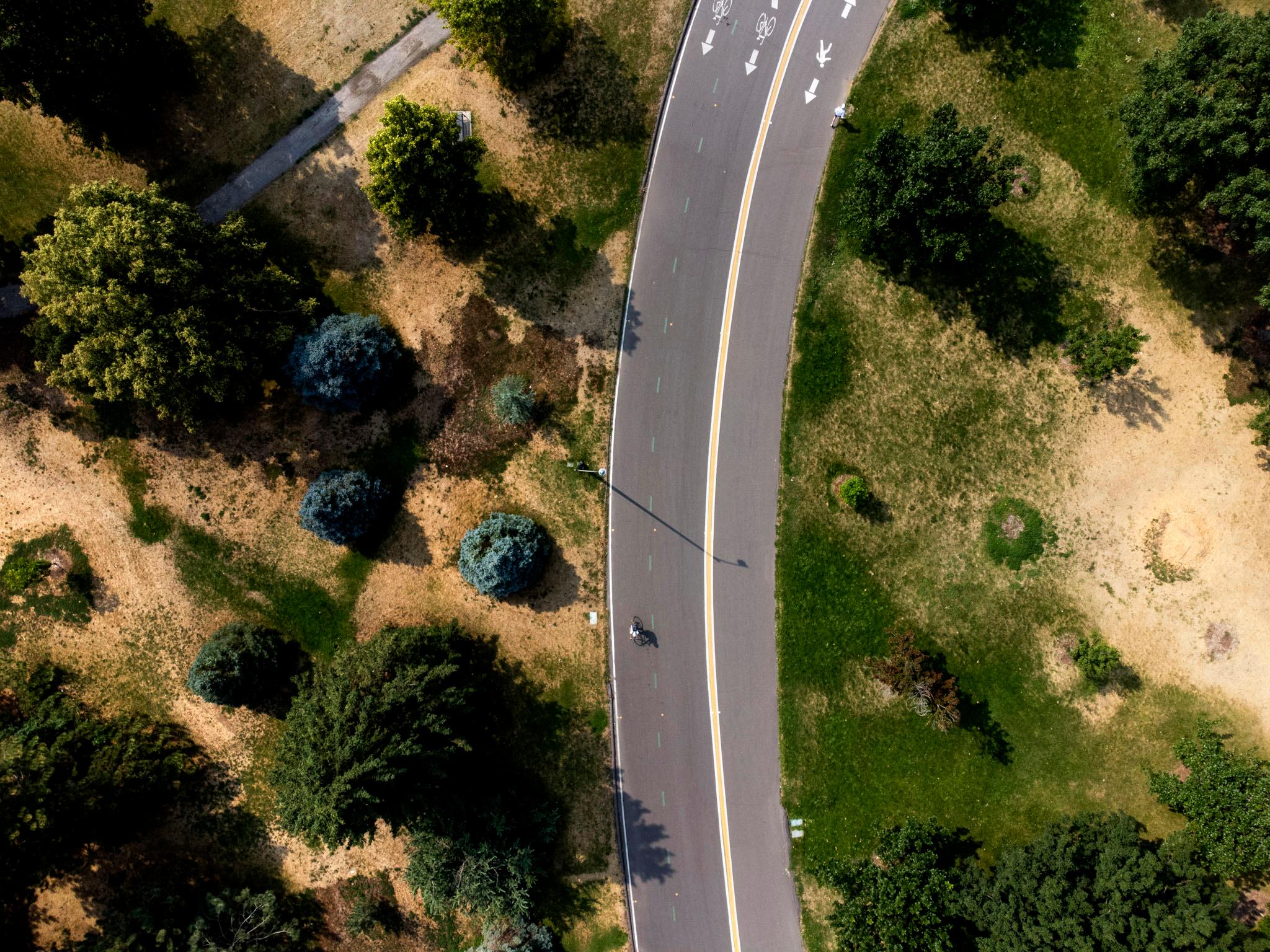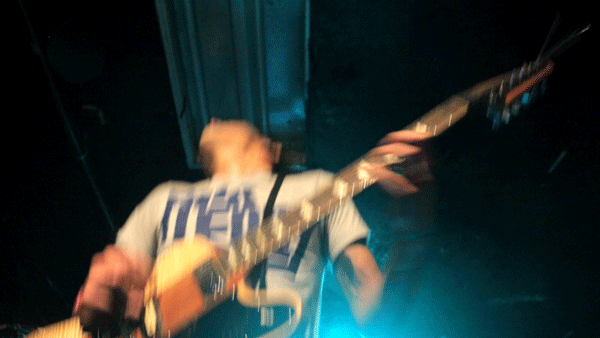
Denver officials say a new master plan will make downtown a greener place, potentially setting the way for several major new outdoor features in the central city.
"It breaks the code on how we can create a more livable and enjoyable downtown," said Mark Bernstein, downtown area planner for Denver Parks and Recreation, in an interview.
"It gives the framework to create a downtown that is more sociable, one that has opportunities for recreation, for arts and culture -- one that is connected and sustainable."
The new plan, called "The Outdoor Downtown," was launched Tuesday with an announcement from Mayor Michael Hancock and other officials. The mayor described it in a news release as the beginning of "a renewed focus to our downtown parks and public spaces." It followed two years of research, including surveys of about 4,000 people.
The plan is fairly high level, so none of its goals are guarantees, but city leaders are putting a lot of their political capital behind this idea of a more verdant city core.
The plan calls for four "iconic" projects.
These are aspirational goals. They're big, they're costly and they would take the most effort to implement.
One would be a large central plaza to be located in the middle of downtown, which could be used as a venue for large events as well as an everyday space.
Another would be an "arts and culture park" near the Denver Performing Arts Center.
The third would be a really baller playground (my word, not theirs) somewhere in downtown.
And lastly, there's the downtown loop, a pedestrian and biking route that would circle about 5 miles around downtown.
But wait, there's more.
The plan lays out some smaller objectives for downtown, including:
- The installation of seating, water fountains, bathrooms and other basic amenities
- A pilot program for outdoor work stations with outlets, wi-fi and shade
- The creation of bike commuter stations with bike storage, showers and bike-maintenance tools near Civic Center, Union Station and the Colorado Convention Center
- The construction of smaller new parks; the plan specifically names Golden Triangle, Arapahoe Square and Ballpark as possible locations
- Guaranteeing that all of downtown is within a three-minute walk of "quality open space"
- Attracting more food and beverage options, possibly by changing food-truck regulations
- More signs to help people find stuff
- More security officers, surveillance cameras and lighting
Another important goal, Bernstein said, is the idea of urban forests. By growing more shade, the city could combat the "heat island" effect that makes downtown hotter than surrounding areas.
"Right now, in the downtown core, we only have about 4 percent tree canopy," he said. "Our goal is to have 10 percent."
The city has a few options for doing that. One would be to install irrigation systems that make it easier to water trees. Another would be to change development policies so that builders are encouraged to preserve more trees.
"We’ve got a lot of blocks downtown that are nothing but concrete sidewalks abutting an asphalt road. Where there might be an opportunity to put a tree lawn in, they put in asphalt," Bernstein said.
Who's paying for this?
The Outdoor Downtown plan doesn't set a price-tag for all its goodies, and city officials have not announced formal plans to start raising the money. Suffice to say, it would cost many millions to do everything on the list, but the city also could start with the smaller stuff.
As it builds more parks, though, Denver also would need money to maintain them.
On the forestry front, Bernstein said that officials have considered the idea of a "tree district," where an extra fee on property owners would pay for the city or the Downtown Denver Partnership to water and prune them. Currently, that's the responsibility of property owners.
A similar "downtown parks district" could pay for more parks staff and resources that are specific to the downtown area. The creation of either of those districts would involve its own public process.
There's quite a bit more to this plan that we haven't mentioned here. Find the whole thing here.

